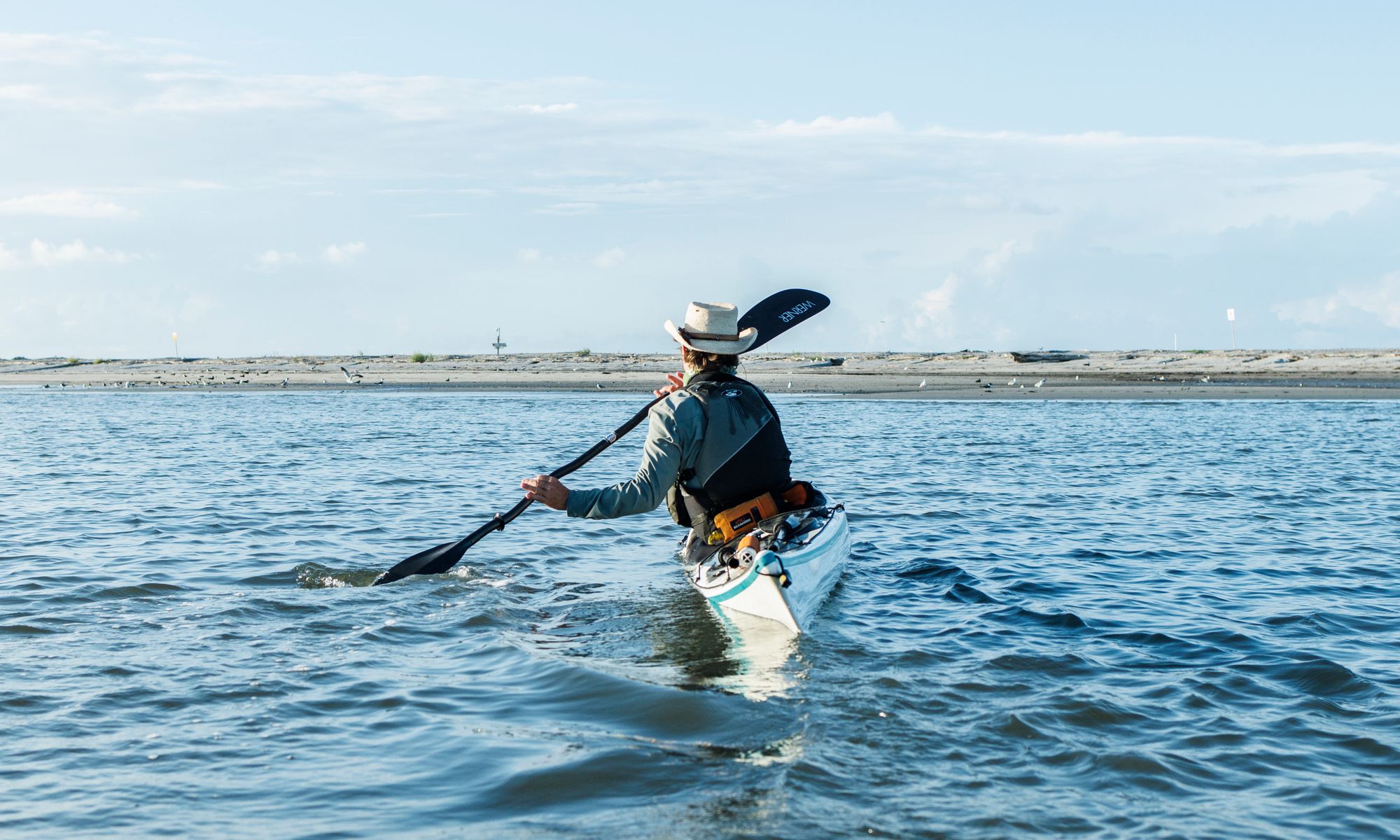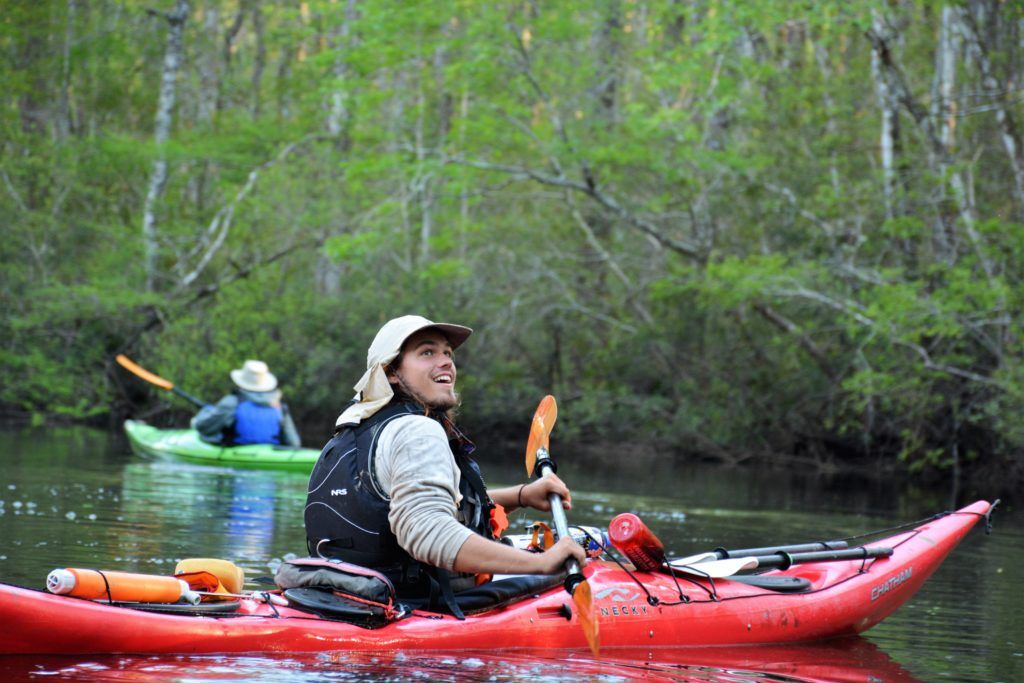Our Shorebirds Story is Still Being Written
Storytelling is as old as humanity. Chris Crolley tells the story of our birds and reminds us that it is still being written - so it's not too late.

by Chris Crolley
Storytelling is as old as humanity. It is one of the things we do better than any other creature known to taxonomy. This complex communication skill finds its origins in the spoken word, music, dance and art. Interestingly enough the other thing Homo sapiens do well is bipedal locomotion. We can outwalk and outrun any animal on earth.
If you combine these two superlative attributes they yield an animal that is highly evolved for walking and talking, storytelling and ambulation. We are uniquely prepared for immersive experiences in nature like guided outdoor storytelling, hiking, kayaking, water based ecotours. This is what I facilitate for a living.
Today's story follows dwindling bird populations and a call to action to prevent certain species from going extinct. You see, bird populations have declined by more than 70% since 1970. That's nearly 3 billion birds erased from the annual counts. This decline, just like back in the late 60's and early 70's, is directly related to human impact.

Our coastal birds are suffering from a condition known as "Coastal Squeeze." As human populations on the coast increase and sea levels continue to rise, there is nowhere left for the birds to feed, rest, or nest. Almost all of our "people beaches" have been re-nourished because the resorts and beach communities depend on the beach for revenue and, with rising water levels precipitate, coastal erosion can disappear a beach overnight. This renourishment process costs hundreds and millions of dollars. In today's dollars South Carolina has spent well over $500 billion on these processes. Comparatively, we have spent near zero dollars on renourishing wild bird nesting areas. Meanwhile the seabird and shorebird nesting island are washing away due to rising water levels, just like the people beaches.
Historically rising water levels were not an issue for the birds. The early Cretaceous period, about 70 million years ago, was one of the hottest times in the history of the earth. There was no ice at either pole and the ocean level was in modern day Columbia, SC. During the last Ice Age, a mere 25,000 years ago, the water level was 60 miles further east of the modern coast line. Ocean levels have been fluctuating on Earth for quite a while, and birds adapted. The problem today is that the next available high ground is paved and forest and prairies have been cut down in favor of new development. What was previously habitat is now grocery stores, schools, churches, resorts, parking lots, and highways. There is nowhere for the birds to go.
This nesting season bird eggs will wash away with the full moon and the new moon on tides higher than anyone alive have ever seen. Least terns will resort to nesting on roofs of buildings in the city, again this year. Feeding and resting birds will be chased off of narrow shore lines by dogs and humans. Bird nesting colonies on track for a successful year will only make it as far as the Fourth of July, only to fail in the wake of all-day beach parties and all-night fireworks.

When DDT was the problem the idea that a group of bird lovers could defeat the international, multi-million dollar chemical corporation seemed impossible. At least then there was a villain and a solution. Now, the villain is us and the solution requires changing our cultural understanding and behavior. Still, we can protect birds through actions like planting native plants and avoiding pesticides to watching birds and sharing what you see. For coastal birds we should be conscious of not disturbing them on the beach whether they are resting, feeding, or nesting. We should insist our state and federal legislators vote into law a congressional mandate that for every dollar spent on renourishing a people beach there be a percentage paid into a program that considers wild bird preservation action including renourishing wild beaches.
The story we are telling is not new. It is the same story we told when the birds were in trouble 60 years ago. If we fail to act decisively and soon the next story we will be telling will be what it used to be like when Pelicans, Black Skimmers, Least Terns, Red Knots, Oystercatchers, Warblers and Finches still existed on earth.


